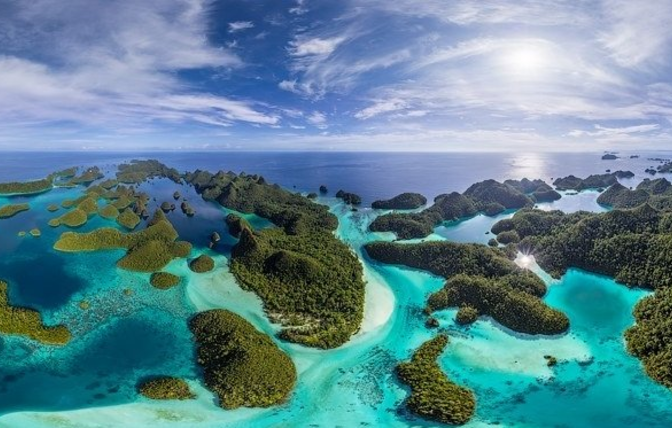

Indonesia witnessed a hardy bounce-back of its tourism sector in 2024, recording a near 20% increase in foreign visitors compared to the previous year. Nearly 14 million travelers flooded the extensive and diverse archipelago, demonstrating a robust bounce-back from the impacts of the Covid-19 pandemic.
The tourism strategy of the country continues to grow as it promotes international tourists to visit places other than Bali, which is still the leading point of entry for international visitors. According to the latest data, Bali’s Ngurah Rai International Airport received 6.3 million international arrivals in 2024—more than twice the number that entered through Jakarta, the country’s capital and largest city.
That is close to the pre-pandemic record of the island in 2019, which tested the strength of the island. Indonesia received all-time highs of foreign tourists in 2019 with 16.1 million, where Bali had the biggest contribution.
In an effort to counterbalance the nation's tourism sector and help curtail overtourism in Bali, Indonesia has been highlighting alternate sites throughout its 17,000 islands. Raja Ampat of West Papua, with its rich marine biodiversity and turquoise waters, and Komodo Island, with its namesake giant monitor lizards, are just some of the top alternate sites being promoted.
Air access has made it possible to visit lesser-known jewels. Airlines have increased direct flights to destinations like Manado in North Sulawesi, a gateway to world-class diving sites.
Java, the biggest island in Indonesia, is rich in culture and history, and among its attractions is Borobudur, the largest Buddhist temple in the world. Lake Toba on Sumatra is stunning in its enormous size—100 kilometers long and 30 kilometers wide—formed within the caldera of a supervolcano. This old volcanic eruption had far-reaching consequences, with ash falls extending as far as India and believed to have triggered a global volcanic winter.
Indonesia's physical extent is gigantic. Broader than Canada from east to west, the country provides a diversified wealth of travel opportunities ranging from tranquil beaches and rainforests to spiritual temples and wildlife sanctuaries. On the flip side, island-hopping is logistically difficult. Though ferry services exist, island-hopping by sea takes time. Flying, though faster, often involves stops at major cities like Jakarta or Bali, perhaps adding to the cost of travel.
But the growing number of visitors in 2024 is a proof of the global travelers' eagerness to see once more Indonesia's natural assets, cultural abundance, and nature miracles. As better infrastructure continues to propel, creating new destinations to visit, and adding the entry points, Indonesia is ready to become a multi-dimensional destination beyond Bali.

